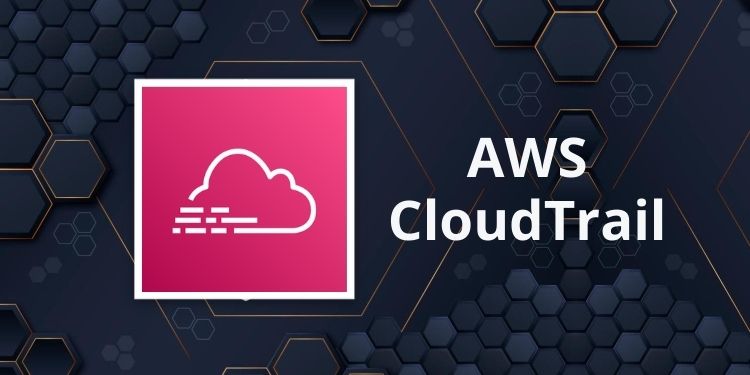AWS CloudTrail

AWS CloudTrail is a web service that records activity made on your account.
A CloudTrail trail can be created which delivers log files to an Amazon S3 bucket.
CloudTrail is about logging and saves a history of API calls for your AWS account.
CloudTrail enables governance, compliance, and operational and risk auditing of your AWS account.
Events include actions taken in the AWS Management Console, AWS Command Line Interface, and AWS SDKs and APIs.
CloudTrail provides visibility into user activity by recording actions taken on your account.
API history enables security analysis, resource change tracking, and compliance auditing.
Logs API calls made via:
- AWS Management Console.
- AWS SDKs.
- Command line tools.
- Higher-level AWS services (such as CloudFormation).
CloudTrail records account activity and service events from most AWS services and logs the following records:
- The identity of the API caller.
- The time of the API call.
- The source IP address of the API caller.
- The request parameters.
- The response elements returned by the AWS service.
CloudTrail is enabled on your AWS account when you create it.
CloudTrail is per AWS account.
You can create two types of trails for an AWS account:
- A trail that applies to all regions – records events in all regions and delivers to an S3 bucket.
- A trail that applies to a single region – records events in a single region and delivers to an S3 bucket. Additional single trails can use the same or a different S3 bucket.
Trails can be configured to log data events and management events:
- Data events: These events provide insight into the resource operations performed on or within a resource. These are also known as data plane operations.
- Management events: Management events provide insight into management operations that are performed on resources in your AWS account. These are also known as control plane operations. Management events can also include non-API events that occur in your account.
Example data events include:
- Amazon S3 object-level API activity (for example, GetObject, DeleteObject, and PutObject API operations).
- AWS Lambda function execution activity (the Invoke API).
Example management events include:
- Configuring security (for example, IAM AttachRolePolicy API operations).
- Registering devices (for example, Amazon EC2 CreateDefaultVpc API operations).
- Configuring rules for routing data (for example, Amazon EC2 CreateSubnet API operations).
- Setting up logging (for example, AWS CloudTrail CreateTrail API operations).
- CloudTrail log files are encrypted using S3 Server Side Encryption (SSE).
You can also enable encryption using SSE KMS for additional security.
A single KMS key can be used to encrypt log files for trails applied to all regions.
You can consolidate logs from multiple accounts using an S3 bucket:
- Turn on CloudTrail in the paying account.
- Create a bucket policy that allows cross-account access.
- Turn on CloudTrail in the other accounts and use the bucket in the paying account.
You can integrate CloudTrail with CloudWatch Logs to deliver data events captured by CloudTrail to a CloudWatch Logs log stream.
CloudTrail log file integrity validation feature allows you to determine whether a CloudTrail log file was unchanged, deleted, or modified since CloudTrail delivered it to the specified Amazon S3 bucket.
CloudWatch vs CloudTrail:
| CloudWatch | CloudTrail |
| Performance monitoring | Auditing |
| Log events across AWS services – think operations | Log API activity across AWS services – think activities |
| Higher-level comprehensive monitoring and events | More low-level granular |
| Log from multiple accounts | Log from multiple accounts |
| Logs stored indefinitely | Logs stored to S3 or CloudWatch indefinitely |
| Alarms history for 14 days | No native alarming; can use CloudWatch alarms |




